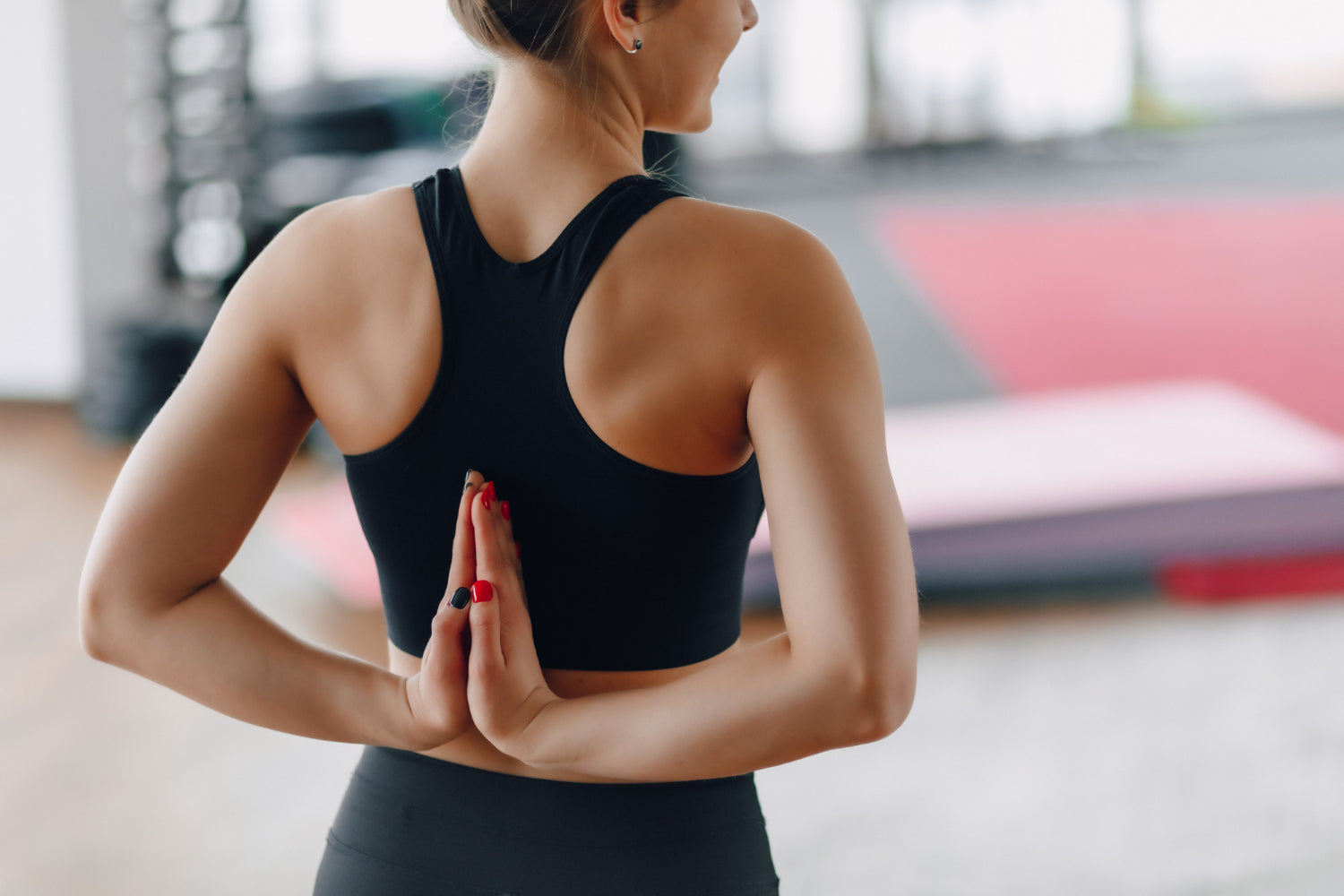Back pain is a common issue that can arise after exercise, often due to inadequate preparation or improper post-exercise routines. While physical activity is essential for maintaining a healthy back, neglecting proper warm-up and cool-down practices can lead to discomfort, strain, and even injury. In this blog, we’ll explore how to avoid back pain after exercise by incorporating effective warm-up and cool-down techniques, supported by medical, physical, and therapeutic insights.
1. Understanding the Causes of Back Pain After Exercise
Back pain post-exercise can result from several factors, including:
- Muscle Imbalance: Overworking certain muscles while neglecting others can lead to imbalances that stress the spine.
- Poor Form: Incorrect posture or technique during exercises, especially in weight lifting or high-impact activities, can strain the back.
- Inadequate Warm-Up: Starting an intense workout without properly warming up your muscles can increase the risk of injury.
- Lack of Cool-Down: Skipping the cool-down phase can leave muscles tight and prone to spasms, contributing to back pain.
Understanding these causes highlights the importance of a well-rounded exercise routine that includes both warm-up and cool-down phases.
2. The Importance of a Proper Warm-Up
A proper warm-up is essential for preparing your body for exercise. It gradually increases your heart rate, enhances blood flow to your muscles, and improves flexibility, reducing the risk of injury.
a. Physiological Benefits of Warming Up
- Increased Blood Flow: Warming up increases circulation, delivering more oxygen and nutrients to the muscles, which helps them perform more efficiently and reduces the risk of strain.
- Improved Flexibility: A good warm-up improves the elasticity of muscles and tendons, making them more pliable and less prone to tears.
- Enhanced Muscle Activation: By engaging the muscles you’ll be using during your workout, a warm-up ensures they are ready for action, improving performance and reducing the likelihood of improper form.
b. Effective Warm-Up Techniques
To effectively warm up for your exercise routine, consider the following techniques:
i. Dynamic Stretching
Dynamic stretching involves moving parts of your body through a full range of motion, mimicking the movements you’ll perform during your workout.
- Leg Swings: Stand next to a wall for support. Swing one leg forward and backward, keeping it straight, to loosen up your hips and hamstrings.
- Arm Circles: Extend your arms out to the sides and make circular motions to warm up your shoulders and upper back.
- Hip Circles: Place your hands on your hips and rotate them in a circular motion to warm up the lower back and hip flexors.
ii. Light Cardiovascular Activity
Engaging in light cardio, such as brisk walking or jogging, for 5-10 minutes helps increase your heart rate and warms up the entire body.
- Jumping Jacks: This full-body exercise not only raises your heart rate but also engages your core, preparing your back for more intense activity.
- Skipping Rope: A short session of rope skipping effectively warms up the legs, back, and cardiovascular system.
iii. Specific Muscle Activation
Focus on activating the muscles you’ll be using during your workout.
- Glute Bridges: Lie on your back with your knees bent and lift your hips towards the ceiling. This activates the glutes and lower back, which are crucial for stability in many exercises.
- Plank Holds: Holding a plank for 20-30 seconds engages the core and prepares the back for more strenuous activity.
3. The Role of a Proper Cool-Down
Just as important as warming up, cooling down helps your body transition back to a resting state, preventing stiffness and soreness.
a. Physiological Benefits of Cooling Down
- Gradual Decrease in Heart Rate: Cooling down allows your heart rate and blood pressure to return to normal gradually, preventing dizziness and promoting recovery.
- Reduction in Muscle Stiffness: Stretching post-exercise helps remove lactic acid buildup, reducing muscle soreness and stiffness.
- Enhanced Flexibility: Post-workout stretching can improve long-term flexibility, which is key to maintaining a healthy back.
b. Effective Cool-Down Techniques
To effectively cool down after your workout, incorporate the following techniques:
i. Static Stretching
Static stretching involves holding stretches for an extended period, focusing on lengthening the muscles.
- Hamstring Stretch: Sit on the ground with one leg extended and the other bent. Reach forward towards your toes, holding for 20-30 seconds. This stretch alleviates tension in the lower back.
- Child’s Pose: Kneel on the floor, sit back on your heels, and reach your arms forward, lowering your torso to the ground. This stretch relaxes the lower back and shoulders.
- Quadriceps Stretch: Stand on one leg, pulling the opposite foot towards your buttocks. This stretch targets the quadriceps, relieving tension in the hips and lower back.
ii. Deep Breathing Exercises
Incorporating deep breathing exercises into your cool-down can help calm the nervous system and enhance relaxation.
- Diaphragmatic Breathing: Lie on your back with one hand on your chest and the other on your abdomen. Inhale deeply through your nose, allowing your abdomen to rise, then exhale slowly. Repeat for several breaths to reduce tension in the back muscles.
iii. Gentle Mobility Exercises
Incorporating gentle mobility exercises into your cool-down can further enhance flexibility and reduce stiffness.
- Cat-Cow Stretch: On all fours, alternate between arching your back (Cow) and rounding it (Cat) for 10-15 repetitions. This movement gently mobilizes the spine, relieving tension.
- Pelvic Tilts: Lie on your back with knees bent. Tilt your pelvis upward, flattening your lower back against the floor, then release. This exercise relaxes the lower back and improves spinal alignment.
4. Additional Tips to Prevent Back Pain After Exercise
Beyond warming up and cooling down, consider these additional tips to protect your back:
a. Focus on Form
Maintaining proper form during exercise is critical to avoiding back pain. Whether you’re lifting weights, running, or doing yoga, ensure that your movements are controlled and that your spine is aligned.
- Engage Your Core: A strong core supports your back, so focus on engaging these muscles during all exercises.
- Avoid Rounding Your Back: When lifting weights or performing exercises like squats and deadlifts, keep your back straight to avoid strain.
b. Use Appropriate Footwear
Wearing the right footwear can make a significant difference in preventing back pain. Shoes that provide proper support and cushioning can reduce the impact on your back during high-impact activities like running or jumping.
c. Stay Hydrated
Hydration is key to keeping your muscles supple and flexible. Dehydration can lead to muscle cramps and stiffness, which increase the risk of back pain.
d. Listen to Your Body
Pay attention to your body’s signals. If you feel any discomfort or pain during exercise, stop immediately and assess your technique or reduce the intensity.
Preventing back pain after exercise is all about preparation and recovery. By incorporating effective warm-up techniques, such as dynamic stretching and muscle activation, you prepare your body for physical activity, reducing the risk of injury. Following up with a thorough cool-down routine, including static stretching and deep breathing, ensures that your muscles recover properly, minimizing stiffness and soreness.
Remember, consistency in these practices is key to maintaining a healthy back. By making warm-ups and cool-downs a regular part of your exercise routine, you can enjoy the benefits of physical activity without the worry of back pain. Your back is central to your overall well-being, so take the time to protect it with these simple, effective strategies.



